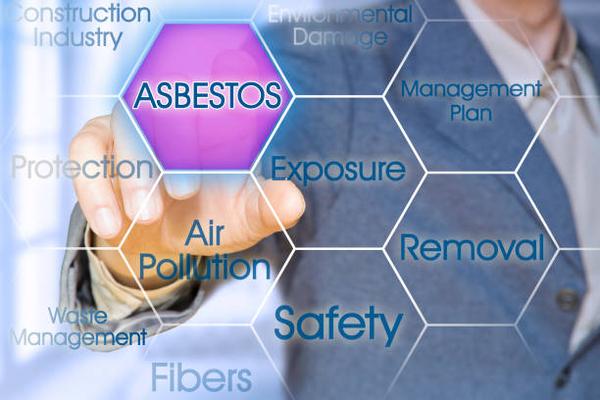Asbestos surveys are a crucial aspect of any renovation project, as they help to identify and manage the presence of asbestos-containing materials (ACMs) in buildings. Asbestos was once widely used in construction due to its fire-resistant properties and durability. However, it has since been banned in many countries due to its link to serious health issues, such as lung cancer and mesothelioma.
During renovations or demolitions, there is a risk that asbestos fibers may be released into the air if ACMs are disturbed. This can pose a significant health hazard to workers and occupants of the building. Asbestos surveys are essential for identifying dive deeper into the topic here location and condition of ACMs before any work begins, allowing for proper management and removal procedures to be put in place.
There are two main types of asbestos surveys: Management Surveys and Refurbishment/Demolition Surveys. A Management Survey is required for all non-domestic buildings built before 2000, while a Refurbishment/Demolition Survey is needed before any major refurbishment or demolition work takes place.
Management Surveys involve inspecting accessible areas of a building for ACMs that could be damaged or disturbed during normal occupancy or maintenance activities. The surveyor will take samples of suspected materials for analysis in a laboratory to confirm whether they contain asbestos. If ACMs are found, an asbestos management plan must be put in place to monitor their condition and prevent exposure.
Refurbishment/Demolition Surveys are more intrusive and involve destructive inspection methods to access hidden areas where ACMs may be present. This type of survey is necessary when extensive renovation or demolition work is planned, as it ensures that all potential sources of asbestos contamination are identified before work begins.
It is important to note that even if a building has previously undergone an asbestos survey, it may still be necessary to conduct another survey before starting new renovation projects. Asbestos-containing materials can deteriorate over time or become exposed during alterations or repairs, increasing the risk of fiber release.
In conclusion, asbestos surveys play a vital role in ensuring the safety of workers and occupants during renovation projects. By identifying and managing ACMs properly, the risks associated with asbestos exposure can be minimized. It is essential for property owners, contractors, and project managers to prioritize conducting thorough asbestos surveys before commencing any construction work on older buildings. Failure to do so could result in serious health consequences and legal liabilities down the line.

